Ilse and her bike
A while ago Ilse asked me if I wanted to shoot her with her Harley Davidson.
Well add a beautiful girl to a Harley and who would have said no…..
Team :
Model : Ilse Thompson
MUA : Linda Rutgers
Photographer : Frank Doorhof
Gear :
I wanted to keep it rather simple this session, I wanted to balance the available light with the strobes.
The gear :
Canon 5DMKII with the Canon 24-105L IS
Elinchrom Ranger RX speed with Maxilight and grid
Elinchrom Ranger RX speed with Elinchrom Varistar
And of course the Sekonic L758 (forgot to mention this the last few posts but it’s of course always with me)
Setting up
Because I wanted to mix natural light and strobes in a “natural looking” way I first measured the available light hitting the model and after that added the strobes to match this, I did added a little bit more strobe power to make the image “pop” a bit more, but the idea was not to use to much strobes.
I used the Maxilight as accentlight and the varistar as the mainlight source.
The nice thing about the varistar is that it spreads the light very nicely.
The varistar is a shoot through umbrella with a black back and is without a doubt one of my favorite modifiers when I want soft light on location, because it’s an umbrella it’s really easy to travel with.
I did play a bit with the power and position of the accentlight to give Ilse different options to choose from. I always teach my students to shoot several setups within the same setup, this sounds “funny” but what I mean is that you can play with the position of your strobes and this way have different options within in fact the same light setup. The nice thing is that you will go home with more images to choose from but you can also miss something on location which is often solved in other images when the light has moved. Several times I thought a light setup to be “killer” only to find out back in the studio and looking the day after that I did not like the balance and liked the more “balanced” shots more, or the other way around. It’s very easy to change the lightsetups in between the sessions, so make sure you maximize your options.
For the final setup I did add a bit more strobes for a more “fighting the sun” effect.
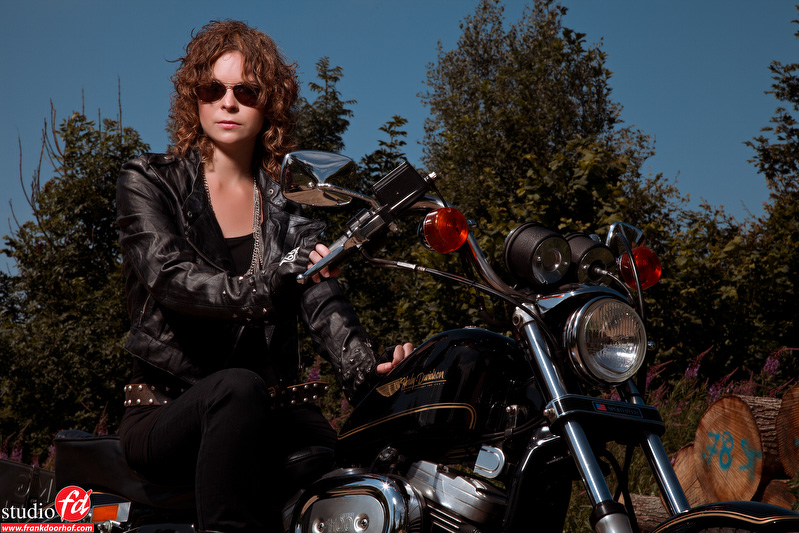
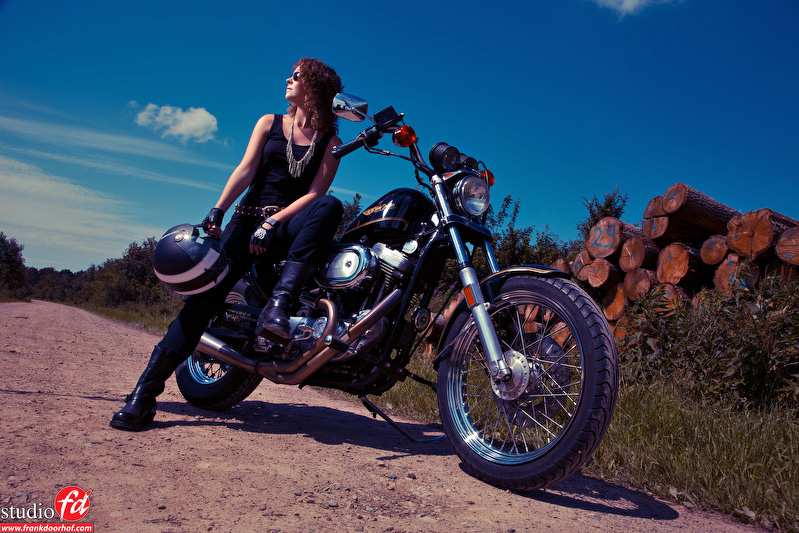
If you like what we do here, and want to support the blog please buy from our affiliate companies by following the links or the links below.


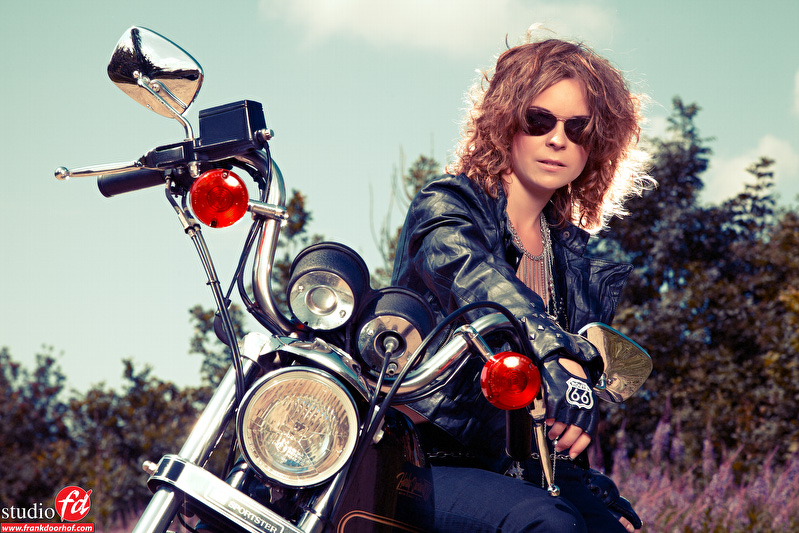

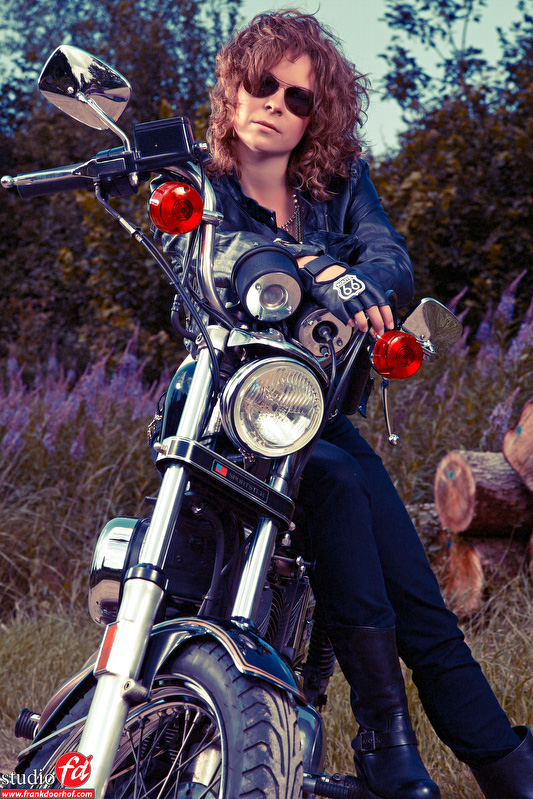

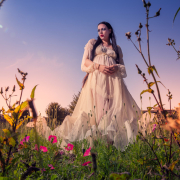
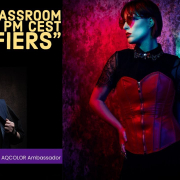
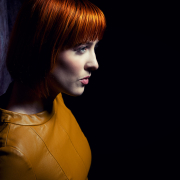

Frank,
I’m not sure if this question makes sense…but…
What is the typical ratio of natural light vs. flash when you are shooting on location?
If you were shooting the background 1 stop down, would that be like a 60/40 set up?
Believe it or not but there really is no fixed answer for that.
It depends on where the sun is.
When you measure for example the strobe when the sun is in line with the strobe the x/x ratio will be different than when the sun is backlighting your model.
For example (and pin me to the numbers) with backlighting you can get a rather natural look with for example 80% strobe and 20% ambiant, while with the sun in line with your strobe this will mean an almost day to night shot.
What I normally do is measure towards the sun and take that reading and add the strobes to the same amount when the sun is NOT hitting the models face. This will often give a “natural” look. When the sun is hitting the models face I will often go 1 stop over or in some cases even 2.
In the end this is why I love to shoot tethered because you can see exactly what you are doing. The meter will of course give you the effect but when the sun is high in the sky without any clouds the quality of light is totally different from mornings or a cloudy sky and this means I will often choose different ratios, but this also depends on the look. I’ve shot harsch sunlight with just a pinch of strobe to open up the eyes and let the rest be the sun, but I also like to flash the shadows away and you will need A LOT more power for that and the scenes look will change.
When you know what you want the meter will be a vital part to getting there, but there is no golden ratio I think.
If you want a safe ratio I would indeed go for 60/40 when the sun hits your model straight on and probably 80/20 when backlighting and you want some drama. But again this is 100% personal.
Thanks! I think this gives me a starting point.
Do you then still measure under the chin of the model of off the side that gets hit by the sun (when the sun is not on her face)?
To get the ambiant reading yes. To get the EFFECT no.
That depends on what I want.
If I shoot with natural light only and want the face to be correct the best way is to measure towards the camera, remember that ambiant light is everywhere, so it’s different from studio strobes, so when measuring towards the camera with Ambiant will give you a “close proper” exposure.
When the sun IS the mainlight measure towards the sun and add fill if needed.
OR add fill and measure towards the reflector (fill) to get the proper exposure on the model.
It’s all possible, but very depends on the look you want.
Frank,
Everything is starting to come together for me, I think.
But one more question…
I know the reading you get with the reflected measurement is vary since it is seeing in 18percent gray. However, when you comparing and ambient measurement with a incident reading off the strobes, would the fstop reading match or would you vary the shutter to compensate?
For example, if have ambient light hitting the left side of her face and flash to fill…
Say the reading came back f8 incident (125/ISO100) from the right side of the models face and f5.6 on the left side.
Would you decrease the power of the strobe or would you change your shutter to 1/60th of a second.
Or would the answer depend on the look you are going for?
Thanks in advance!
I don’t really understand your question I’m afraid.
Outside I only use reflective when I measure the sky if I want to prevent clouds from blowing out or being too dark, or if I want to make sure shadows show detail.
On the model I will always use incident.
The ambiant is constant so if you want to mix the amount of available light you can change the shutterspeed, up is more flash, down is more ambiant.
Maybe I should just wait till my meter arrives in the mail so I know what I’m talking about. I’ll do some playing around and testing.
Frank I had the same ahh effect when I got my pocket wizards flex. That ratio ambient to flash is serious! I am getting there. Finally! I know I’m slow but it feels good to see what you put up here and I understand what you did.
Just keep going and test a lot 😀